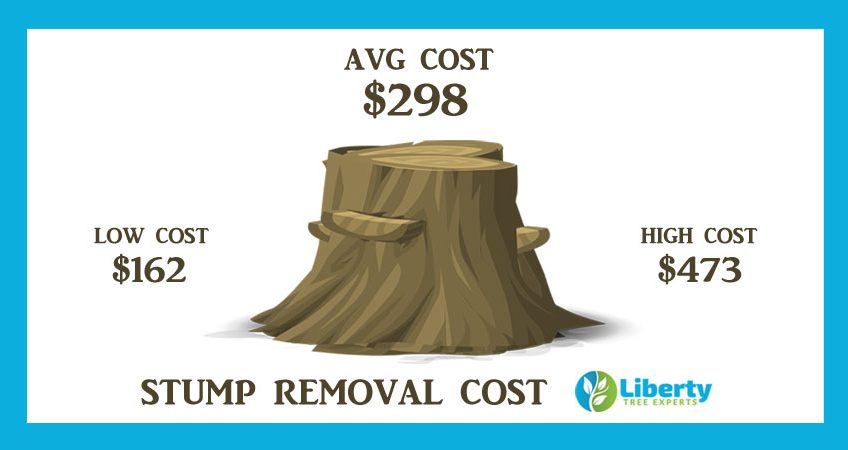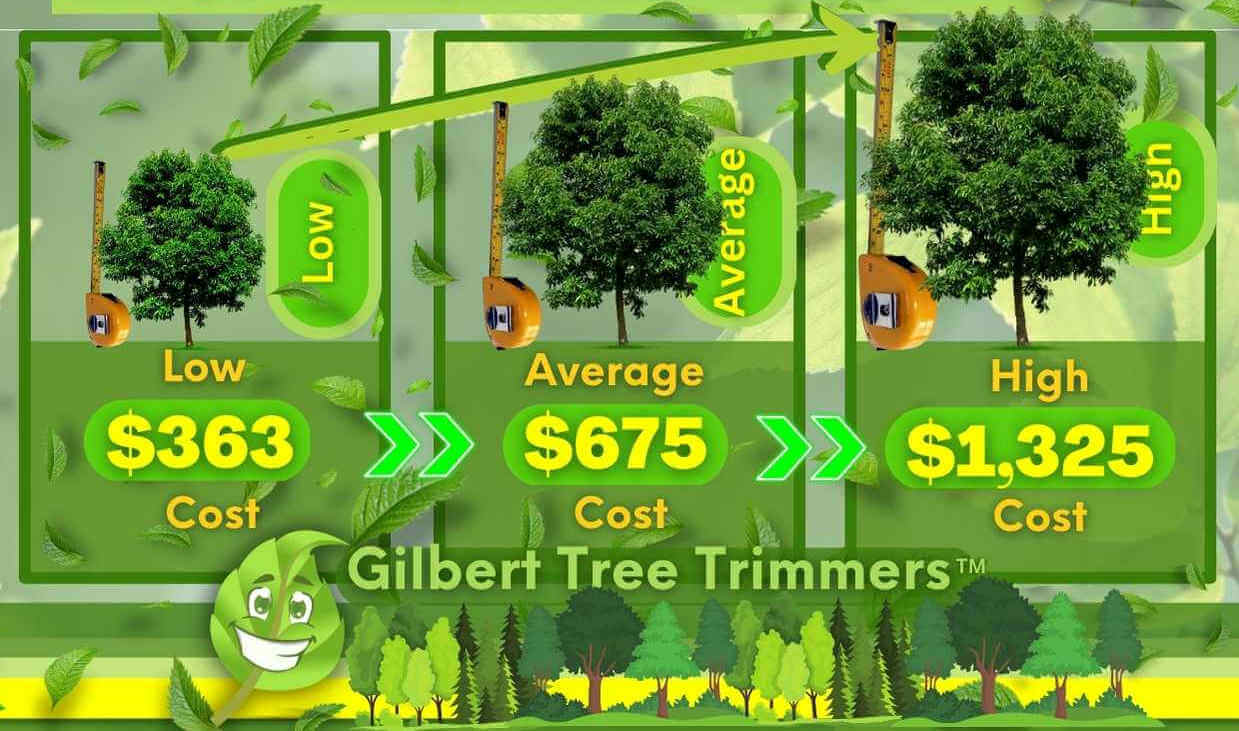Featured
Table of Contents
- – Vancleave, MS Tree Trimming Review: Value
- – Why Hire An Tree Service In Vancleave, MS
- – Vancleave, MS Stump Grinding Cost Factors
- – Vancleave, MS Tree Trimming Pros And Cons: Va...
- – Vancleave, MS Tree Cutting Rates: What To Know
- – Vancleave, MS Stump Removal: Pricing Questions
- – Vancleave, MS Tree Cutting Cost Savings
- – Vancleave, MS Tree Clearing: Total Cost Of O...
- – Avoiding Overpaying For A Tree Service In Va...
- – Vancleave, MS Tree Trimming Payment Options
- – Vancleave, MS Tree Service Cost Breakdown 2025
- – Vancleave, MS Tree Trimming Package Prices
- – Vancleave, MS Tree Clearing Replacement Costs
- – Top-Rated Arborist In Vancleave, MS: Pricing
- – How To Save Money On An Stump Grinding In Va...

The subsections listed below provide more comprehensive information about pricing, including a typical range for each. TypeAverage Elimination CostPineConiferPalmMagnoliaArborvitaeAshCedarSweet GumEucalyptusSycamoreCypressOakMaplePoplar You can anticipate to pay in between to eliminate a pine, depending upon its size. Getting rid of a pine is among the more inexpensive jobs unless it is one that has actually been around for years and is rather large.
Vancleave, MS Tree Trimming Review: Value
Pines also have a tap root that grows deep into the soil, which can prove to be more difficult to get rid of. The procedure itself involves a professional cutting the tree, clearing the base, cutting the surface roots, eliminating the stump, and finally dealing with the soil. Without a professional hand, you run the risk of leaving pine seedlings behind, which will fall from the roots of distressed pines.
Why Hire An Tree Service In Vancleave, MS
The U.S. national average for conifer elimination is around to have the conifer cut down, transported away, and the stump ground or gotten rid of totally. Conifers are usually easier to get rid of, and despite the fact that they can grow rather tall, they do not cost a fortune to eliminate. Conifers include pine, spruce, fir, and juniper trees.
Vancleave, MS Stump Grinding Cost Factors
While conifers are gorgeous, they eliminate native plants and particular types of grass (tree trimming). The average cost of palm elimination depends on the height as much as the type, varying from.
Vancleave, MS Tree Trimming Pros And Cons: Value
That is why it is essential to understand which type you are getting rid of. While you do not require an herbicide to kill a palm tree, there are some steps your elimination expert will have to take to guarantee the task is done correctly. There are two methods they can get rid of them: by slicing them down or digging them up.
Vancleave, MS Tree Cutting Rates: What To Know
This is because little animals like rats and scorpions often reside in them. Plus, many types will have spikes, too. From there, they eliminate the real tree and then the stump. Expect to pay between to eliminate this type of tree, depending upon the precise size and information of the task.
Vancleave, MS Stump Removal: Pricing Questions
There are three types: green, white, and black ash. With its gray-tinged bark, its leaves are green or purple in the spring and golden yellow or purplish-red in the fall.
Vancleave, MS Tree Cutting Cost Savings

Due to the variation in height, the removal cost difference is broad from. A coniferous, evergreen tree, the cedar is a durable types.
Vancleave, MS Tree Clearing: Total Cost Of Ownership
The growth of incorrect cedars differs from 50 feet up to 230 feet high. With star-shaped leaves and stunning fall colors, the sweet gum is thought about a medium to large tree.
Avoiding Overpaying For A Tree Service In Vancleave, MS
It has a big root base of 40 to 50 feet, which impacts the removal expense. Normally, it costs in between to eliminate a eucalyptus. Eucalyptus are not common all over, but they are quite big compared to others, which is why even the smaller sized ones are so expensive to eliminate. Initially from Australia, eucalyptus are invasive plants that grow in thick groves that secure native plants.
Vancleave, MS Tree Trimming Payment Options
There are a handful of ways to do this, consisting of burning, pulling, grinding, or killing them with herbicide. Expect to pay in between to remove sycamores, based upon the height, trunk size, and amount of work involved. Sycamores are one of the largest hardwood trees, typically varying from 60 to 100 feet high and as wide as 15 feet.
Vancleave, MS Tree Service Cost Breakdown 2025
The very first two steps will expose the insides of the tree and cut off the circulation of nutrients up the trunk. From there, an expert uses herbicide to eliminate the tree and lower the trunk. They will kill the stump. Otherwise, new sprouts might grow from it. Lowering and removing a full-grown cypress might cost as much as.
Vancleave, MS Tree Trimming Package Prices
There are many various types of Cypress trees, but the most prevalent are the Leyland, Arizona, Bald, and Italian. The Bald Cypress grows in swampy or extremely damp areas while the others take pleasure in a dry, warm, or hot climate (tree removal). They can grow as tall as 80 to 100 feet high
Vancleave, MS Tree Clearing Replacement Costs

Prone to illness, the Cypress is among the most prized woods for furniture. The average oak grows to around 60 feet, and depending on the intricacy of the elimination, it costs an average of to remove. The exact size of your oak and the effort needed to fell it affect what you will actually pay for removal in addition to any additional services like stump grinding.
Top-Rated Arborist In Vancleave, MS: Pricing
Access to the trees and the roots will likewise affect the overall cost. Maples can quickly grow up to 100 feet or more and normally cost in between to eliminate from your residential or commercial property. The final price depends on the actual height and intricacy of the job. Maples are usually among the more costly trees to remove because of their size and the work associated with the removal.
How To Save Money On An Stump Grinding In Vancleave, MS
Poplars are giants of the species. Growing as high as 90 to 115 feet, these massive woods are generally found in North America and consist of the aspen, cottonwood, and balsam trees. Boasting an extensive root system, poplars can be expensive to remove when fully grown. The process to remove trees involves all the trimming and cutting of the branches and trunk, bringing it down to a stump.
Table of Contents
- – Vancleave, MS Tree Trimming Review: Value
- – Why Hire An Tree Service In Vancleave, MS
- – Vancleave, MS Stump Grinding Cost Factors
- – Vancleave, MS Tree Trimming Pros And Cons: Va...
- – Vancleave, MS Tree Cutting Rates: What To Know
- – Vancleave, MS Stump Removal: Pricing Questions
- – Vancleave, MS Tree Cutting Cost Savings
- – Vancleave, MS Tree Clearing: Total Cost Of O...
- – Avoiding Overpaying For A Tree Service In Va...
- – Vancleave, MS Tree Trimming Payment Options
- – Vancleave, MS Tree Service Cost Breakdown 2025
- – Vancleave, MS Tree Trimming Package Prices
- – Vancleave, MS Tree Clearing Replacement Costs
- – Top-Rated Arborist In Vancleave, MS: Pricing
- – How To Save Money On An Stump Grinding In Va...
Latest Posts
Best Tree Removal Reviews In Nephi, UT
Dumont, NJ Stump Removal Upgrade Costs
Pharr, TX Stump Grinding No Hidden Fees
More
Latest Posts
Best Tree Removal Reviews In Nephi, UT
Dumont, NJ Stump Removal Upgrade Costs
Pharr, TX Stump Grinding No Hidden Fees